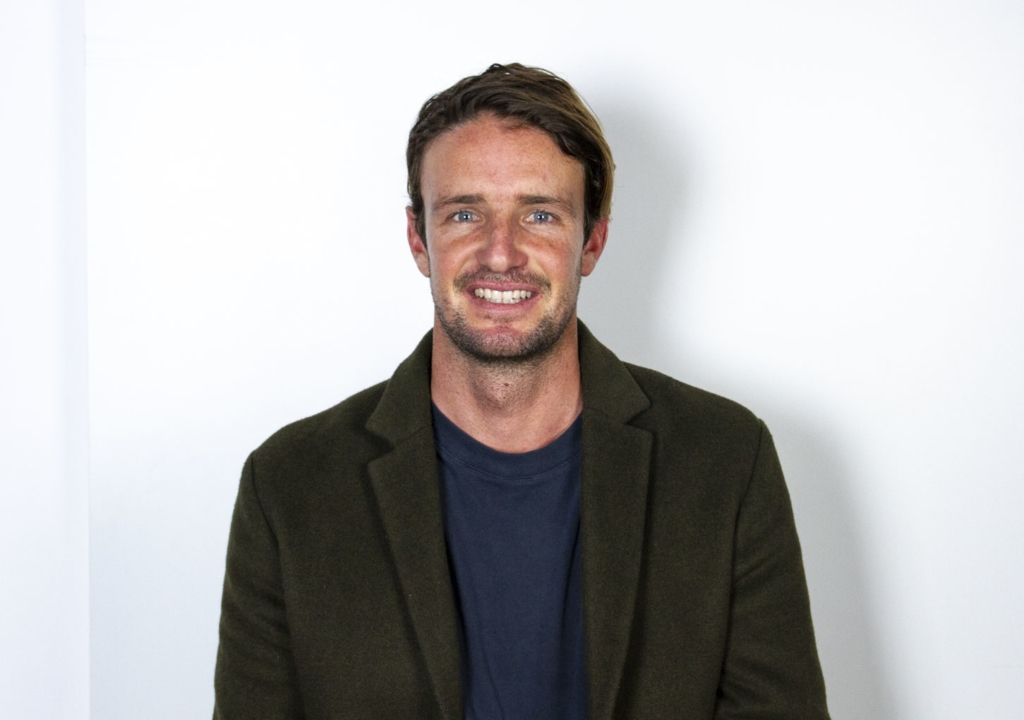5 Takeaways From Sydney’s Programmatic Summit
Unruly attended the Programmatic Summit in Sydney last week.
Unruly’s ANZ MD Ricky Chanana spoke on a panel with Joyce Tan, Head of Marketing Confectionery at Nestlé, Zara Cobb, CMO of Lendi, Clay Gill, CEO of Cadreon AU, about the challenges facing the programmatic world over the coming months.
Forecast to account for 69% of all media buys this year (Zenith, 2019), audiences were keen to hear how clients and partners are working through some of the teething issues we’re experiencing in an industry that’s only existed for just over 10 years.

Heath Irving, Unruly Head of Programmatic & Partnerships, ANZ, who also attended the event and moderated the panel, has put together his five key takeaways from the event.
Enjoy!
1. Programmatic is here to stay!
Despite the immense changes we’re experiencing across all sides of the industry, the outlook for the future looks bright. Once the dust settles on this transformative period we are currently going through, the opportunities for brands to be able to work with on the other side will be game-changing.
The murky waters should clear and while that might mean an end for some parts of the ecosystem, others will emerge in their place. Plus those that have been preparing in advance for this moment will be there to capitalise.
2. The role of the marketer is changing
With all the digital disruption we’re experiencing on all sides of the fence, it’s fair to expect the roles of marketers will be forced to move with the times.
As more and more traditional channels come online — such as connected TV, digital out of home (DOOH) and audio — these formats will present incredible opportunities for growth in programmatic trading and targeting and will likely drive the majority of new revenue opportunities.
While this may present a change in thinking around distribution and measurement, the foundations of marketing these formats shouldn’t. Rather the efficiencies and effectiveness of using programmatic technology to trade in these formats will only enhance the results for the marketer.
3. Data is still king
As has been hotly debated, the long-anticipated decision from Chrome around third party cookies is now out of the bag, with Google throwing down a two-year gauntlet before they fully crumble.
The removal of cookies is big news and will bring about major changes across the industry, many of which are positive, such as IDs (be they device, universal or sign-in), which should drive much-needed accuracy and ultimately the opportunity for a better ad experience.
We are seeing publishers adopting more sign-in features, agencies investing big in audience solutions that marry up the online and offline world, but brands are still unsure of sharing their data with their media partners.
4. Threat of regulators moving in is creating uncertainty
As well as the cookie conundrum, we also have the threat of the regulators moving in locally as the ACCC (Australian Competition and Consumer Commission) inquiry into the digital ecosystem heats up.
While there is a two-year grace period around the Chrome decision, there are no timelines on this front, and a local GDPR or CCPA announcement for Australia looks imminent.
As third-party data and tracking become less effective, brands are looking for partners that they can not only leverage their first-party data with but also scale it out to achieve a more holistic view of their customers.
Despite the legal and technical challenges, we expect we will see the merging of CDPs and DMPs to become more prevalent as marketers want to marry up the two.
5. More consolidation. But are the walls getting higher?
We’re also seeing a lot more consolidation globally and locally as the industry contracts further, with recent mergers and acquisitions being announced at the start of the year. The death of the cookie mainly benefits the digital super giants that have billions of logged-in users at their disposal.
The opportunity for local publishers and independent ad tech to compete with the big walled gardens is becoming more and more challenging.
Yet clients are concerned about having to potentially work in an ecosystem that operates in isolation of itself, and it will be interesting to see the perceived importance from the buy-side over the next couple years on supporting the independents that help maintain a vibrant and open web, largely funded through advertising.
In conclusion
Programmatic is here to stay. Sure, the industry is facing a lot of change at the moment, but there will also be some amazing opportunities as we transition into the next phase of programmatic trading. And even though the landscape is evolving, we’re still delivering great results for brands as an industry — and that’s not to be overlooked.
